5 Ways Scanning Tunneling Microscopy is Revolutionizing Science
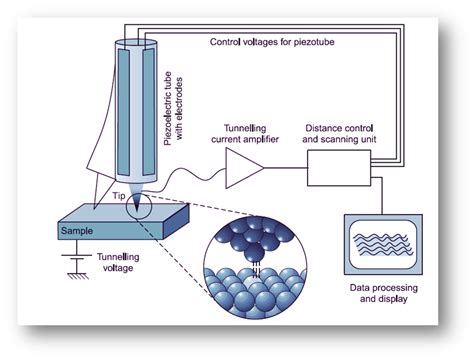
Unlocking the Secrets of the Atomic World
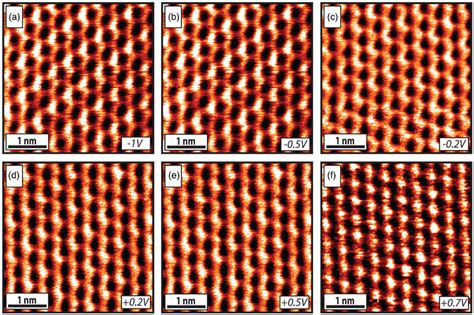
Scanning tunneling microscopy (STM) has been a game-changer in the scientific community since its invention in the 1980s. This innovative technology has enabled researchers to visualize and manipulate individual atoms on surfaces, opening up new avenues for exploration and discovery. In this article, we will delve into the ways in which STM is revolutionizing science, from understanding the behavior of materials at the atomic level to developing new technologies.
Imaging Atoms with Unprecedented Resolution
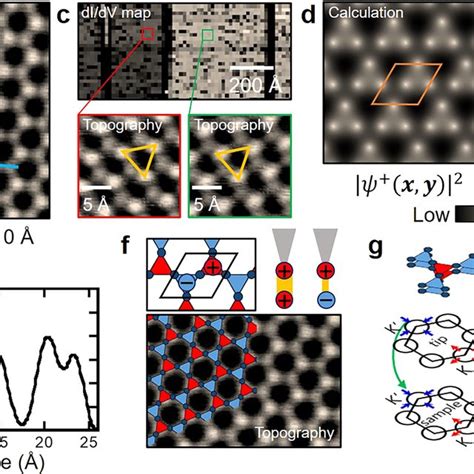
One of the most significant contributions of STM is its ability to image individual atoms on surfaces with unparalleled resolution. By using a sharp probe to scan the surface of a material, STM can detect the tiny changes in current that occur when the probe interacts with individual atoms. This allows researchers to create detailed images of the atomic landscape, revealing the intricate arrangements of atoms on the surface.
Key Applications:
- Understanding the behavior of materials at the atomic level
- Studying the properties of surfaces and interfaces
- Developing new materials with unique properties
🔍 Note: STM's high resolution has enabled researchers to study the behavior of individual atoms on surfaces, leading to a deeper understanding of material properties and behavior.
Manipulating Atoms with Precision
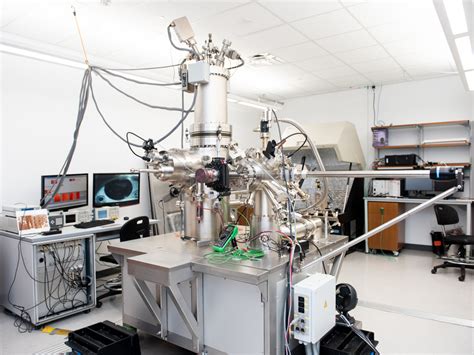
STM’s capabilities extend beyond imaging, allowing researchers to manipulate individual atoms on surfaces with precision. By using the probe to push or pull atoms, scientists can create specific patterns or arrangements of atoms, effectively “writing” at the atomic level. This technology has far-reaching implications for the development of new materials and devices.
Key Applications:
- Creating nanostructures with specific properties
- Developing new materials with tailored properties
- Studying the behavior of individual atoms in different environments
🔧 Note: STM's ability to manipulate individual atoms has enabled researchers to create nanostructures with specific properties, paving the way for the development of new materials and devices.
Understanding Surface Chemistry
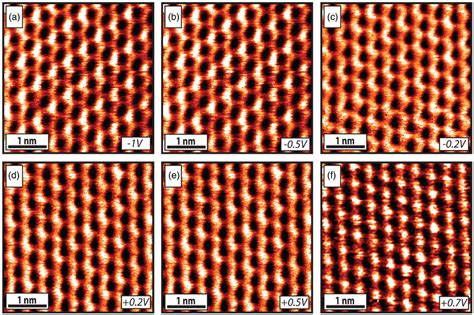
STM has revolutionized our understanding of surface chemistry, enabling researchers to study the behavior of molecules on surfaces at the atomic level. By imaging individual molecules and tracking their movements, scientists can gain insights into the chemical reactions that occur on surfaces.
Key Applications:
- Understanding catalytic reactions
- Studying the behavior of molecules on surfaces
- Developing new materials with tailored surface properties
🔬 Note: STM's ability to image individual molecules on surfaces has enabled researchers to study surface chemistry in unprecedented detail, leading to a deeper understanding of chemical reactions and material properties.
Advancing Our Understanding of Quantum Phenomena
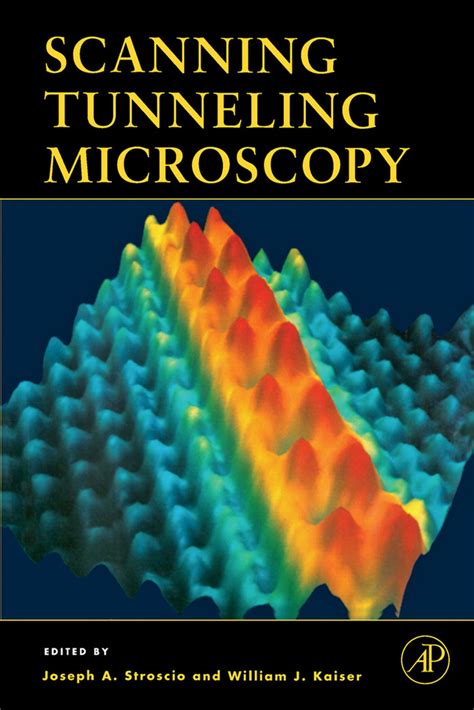
STM has also played a crucial role in advancing our understanding of quantum phenomena, such as superconductivity and superfluidity. By imaging individual atoms on surfaces, researchers can study the behavior of materials at the quantum level, gaining insights into the underlying mechanisms that govern these phenomena.
Key Applications:
- Studying superconductivity and superfluidity
- Understanding quantum phenomena in materials
- Developing new materials with unique properties
💡 Note: STM's ability to image individual atoms on surfaces has enabled researchers to study quantum phenomena in unprecedented detail, leading to a deeper understanding of the underlying mechanisms that govern these phenomena.
Enabling the Development of New Technologies
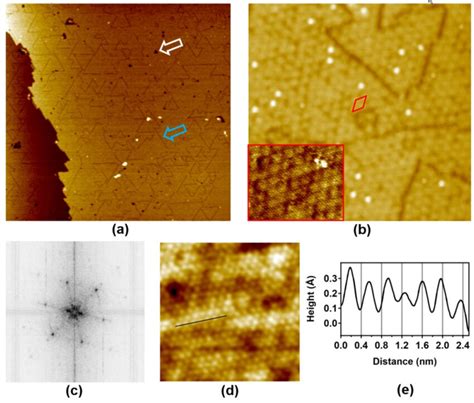
Finally, STM has enabled the development of new technologies, from nanoscale devices to advanced materials. By understanding the behavior of materials at the atomic level, researchers can design and develop new materials with specific properties, leading to breakthroughs in fields such as energy, medicine, and electronics.
Key Applications:
- Developing nanoscale devices
- Creating advanced materials with tailored properties
- Advancing fields such as energy, medicine, and electronics
🔩 Note: STM's ability to image and manipulate individual atoms on surfaces has enabled the development of new technologies, from nanoscale devices to advanced materials.
In conclusion, scanning tunneling microscopy has revolutionized science by enabling researchers to image and manipulate individual atoms on surfaces. From understanding the behavior of materials at the atomic level to developing new technologies, STM has opened up new avenues for exploration and discovery. As researchers continue to push the boundaries of this technology, we can expect even more exciting breakthroughs in the years to come.
What is scanning tunneling microscopy?
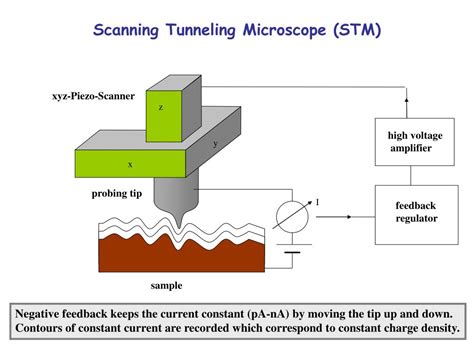
+
Scanning tunneling microscopy (STM) is a technique used to image individual atoms on surfaces with unprecedented resolution.
What are some of the key applications of STM?
+
Some of the key applications of STM include understanding the behavior of materials at the atomic level, manipulating individual atoms on surfaces, and developing new materials with tailored properties.
How has STM impacted our understanding of surface chemistry?
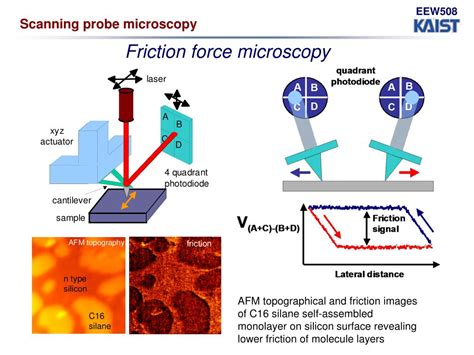
+
STM has enabled researchers to study the behavior of molecules on surfaces at the atomic level, leading to a deeper understanding of chemical reactions and material properties.



